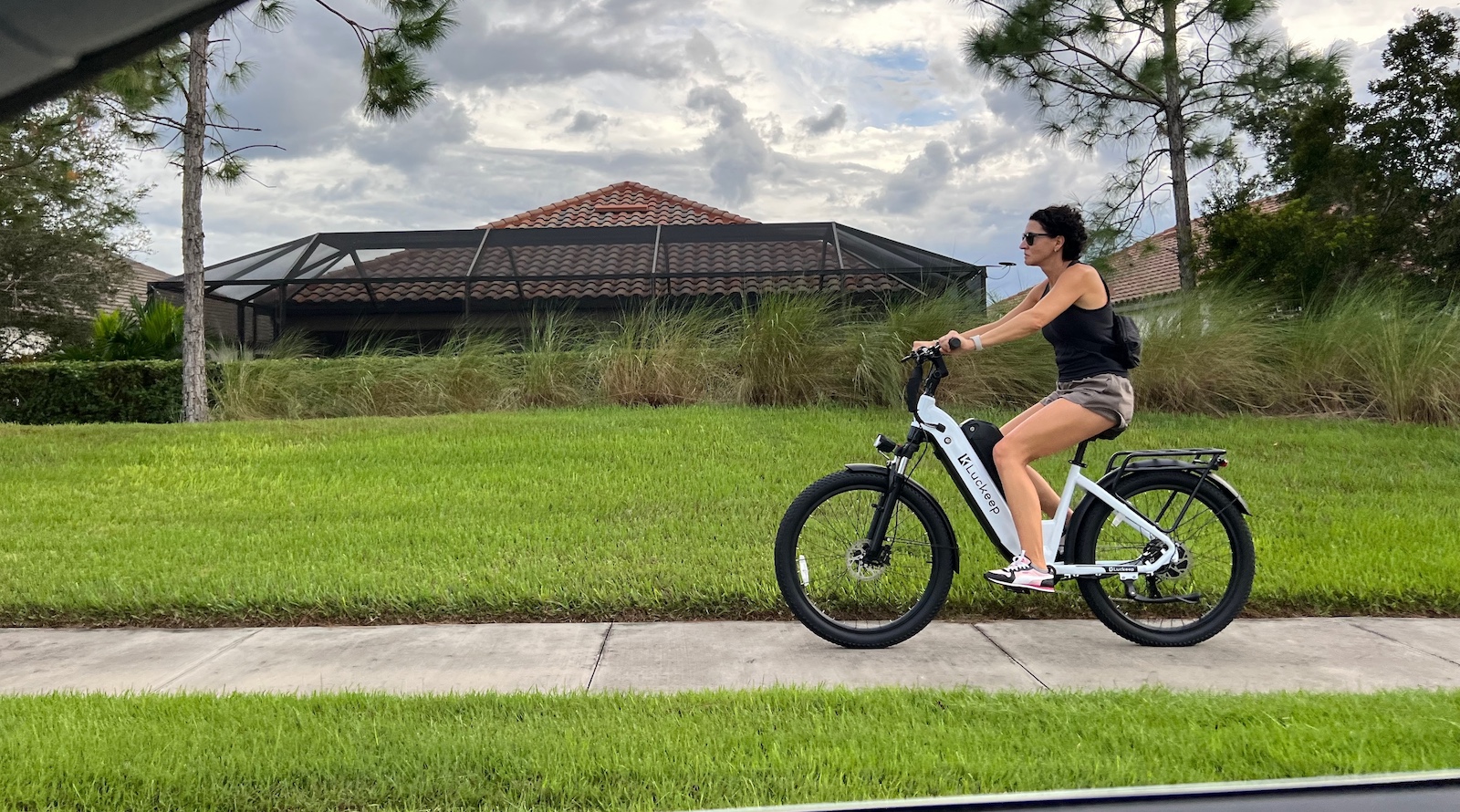Last Updated on: 6th June 2025, 01:20 am
Every great place to bike or Bicycle Friendly Community starts with a vision: more protected bike lanes, better-connected routes, safer crossings, and accessible options for everyone. But turning that vision into reality requires more than bike plans and promises — it takes funding. So, how do you know if your city is truly committed to building a better biking environment? You follow the money.
Start with the bike plan.
Many local bike plans include a section near the end that describes funding programs that your community can use for bike projects. Look for a list of priority projects or action items that have a price tag attached—these clues can lead you toward other key documents that show how your city is (or isn’t) investing in active transportation. Check out our recent “How to Get Wonky in Your Local Bike Advocacy” blog for resources and tips for researching bike plans.
Check the city budget.
Most cities adopt an annual budget and make it publicly available. Bike-related projects are often found under departments like Transportation or Public Works. Look for specific line items or performance measures: your city might have a goal for the number of pothole requests responded to, miles of bike lanes striped per year, or the number of ADA-compliant ramp installations. These performance measures tell you what your city is tracking and what it’s willing to fund.
Look into the Capital Improvement Plan (CIP).
Cities often have Capital Improvement Plans as part of their budget, but it might also be a separate document. If your community is within the reach of a metropolitan planning organization (MPO), then you may also want to check the Transportation Improvement Program (TIP), a document with a list of federally funded projects. Many TIPs include projects that will be funded more than four years in the future (sometimes called “out years”), and knowing those future projects can give you a longer-term view of what investments your community is prioritizing.
Don’t overlook the repaving schedule.
Bike lanes and crosswalks are often added when roads are repaved. A multi-year repaving schedule can reveal where there’s an opportunity to improve streets—and give you time to advocate for bike-friendly designs before the work begins. If you can’t find a repaving plan, then it’s possible that your community either doesn’t publish one or doesn’t have a multi-year schedule for repaving — i.e, they repave based on requests they get from citizens. A multi-year schedule for repaving can be a big improvement over request-based repaving, because it’s more likely to be driven by objective data. Multi-year schedules can also reduce costs when coordinated with other city services like stormwater, electricity, or other projects, including bike lane striping!
Not sure what you’re looking at? Ask!
Budgets can be intimidating, and not every document is user-friendly. If you get stuck, reach out to a city staffer in the relevant department and ask for help understanding where to look for bike-related projects. City staff are often happy to support residents who want to engage more deeply in the process. Getting connected can also help — your local bicycling, walking, or active transportation advocacy group might have folks willing to roll up their sleeves and dig into the wonkiness along with you.
Keep track of what you find.
Whether you’re copying links into a spreadsheet or jotting down notes in a shared doc, staying organized will help you keep momentum over time and make it easier to share information with others in your community.
Learn who makes the budget and when.
Who makes the city budget might depend on the form of city government you have. The mayor, city council, and city manager can all be the most important people to influence. Once you understand where the power of the purse lies, you should also look at when the budget is drafted, if committees are involved, and the process. Showing up at the public meeting where the budget is approved is likely too late to make your case for your priorities. The real decisions may come months before during city council work sessions, private meetings amongst city staff and the city manager, or through another process. Knowing when to advocate and who to advocate to is a big part of effectively influencing the budget.
Why it matters:
Getting familiar with your local budget might not sound like the most exciting part of bike advocacy, but it’s one of the most powerful. Knowing how and where your city allocates funding gives you the insight to show up with informed questions, data-informed proposals, and a better sense of timing.
At the end of the day, if we want to see real investment in better biking infrastructure, we have to pay attention to what our communities are actually investing in. The future of biking isn’t just shaped by big ideas—it’s built line by line in the budget.
By Marlee Townsend. Article from The League of American Bicyclists.

Sign up for CleanTechnica’s Weekly Substack for Zach and Scott’s in-depth analyses and high level summaries, sign up for our daily newsletter, and follow us on Google News!


Whether you have solar power or not, please complete our latest solar power survey.
Have a tip for CleanTechnica? Want to advertise? Want to suggest a guest for our CleanTech Talk podcast? Contact us here.
Sign up for our daily newsletter for 15 new cleantech stories a day. Or sign up for our weekly one on top stories of the week if daily is too frequent.
CleanTechnica uses affiliate links. See our policy here.
CleanTechnica’s Comment Policy

